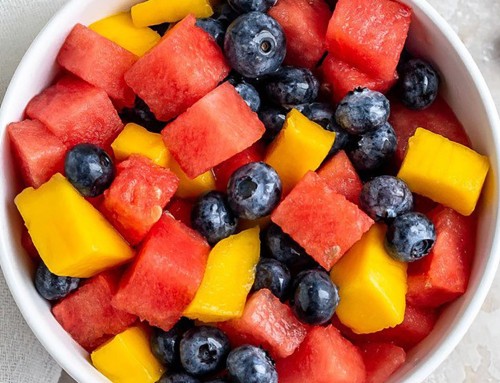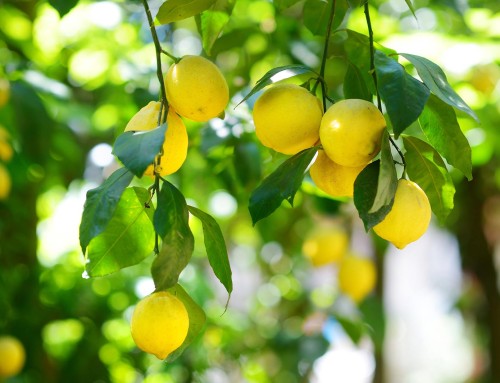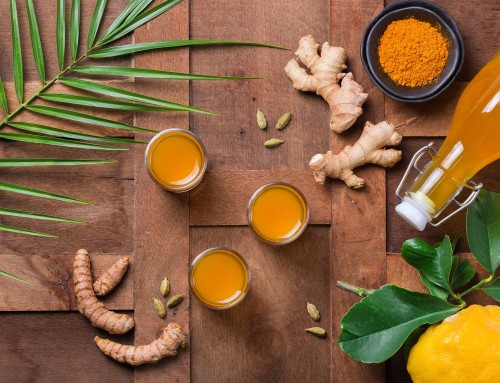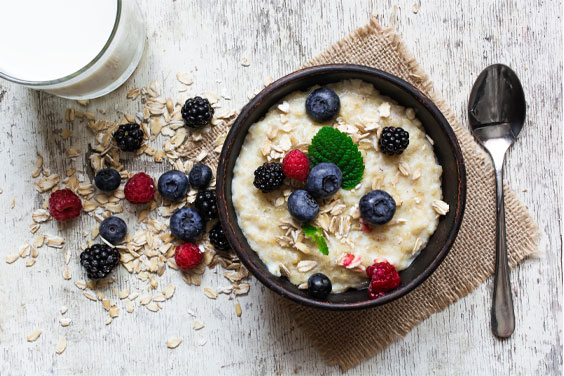
The Fibre of your being and its role in Ayurveda
These days the emphasis in nutrition has been placed on protein and whether we are getting enough. The truth is that individuals are more likely to suffer from an excess of it than the converse. Everything related to food in the shops is starting to have protein in it, even Mars bars.
Human breast milk is one of the lowest protein milks in the mammalian world being less than 1% protein by weight. Healthy adults require on a daily basis, no more than 0.8-0.9 grams of protein per Kg of body weight. Sometimes illness and wound healing can increase the need for protein, but in general, the adverse effects of long-term use of high protein consumption can include liver disorders, renal, intestinal and chronic coronary artery disease.
So now I will get to the real issue, which seems to have languished somewhat since the food industry has focused on protein. This is the amount of fibre in our western diet, which is sadly lacking.
In Ayurveda the large intestine is connected to the earth element it is home to the Muladhara or root chakra. This is the base of our being and any instability here will create anxiety, an imbalance of pranic forces and of vata dosha. Since this dosha is known as the governor the other doshas are lame without it. The element earth is the foundation of the body, bones, flesh, skin, nadis and body hairs. It is imperative to maintain the integrity of the colon and keep it in optimal condition. Since most of us live in our heads these days we need to really focus on a good foundation, which will give us strength and endurance. This can easily be achieved by keeping up the intake of good fibre in our diet.
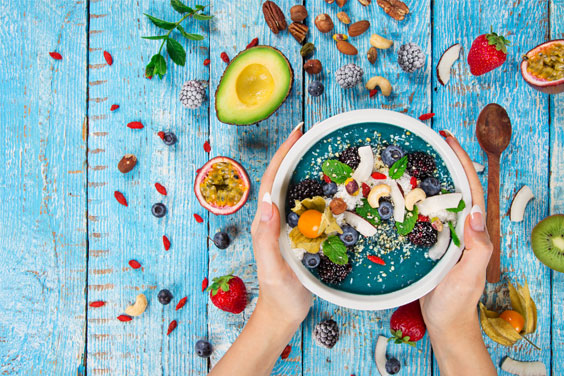
In the Vedas, the span of human civilization was divided into four categories known as Yugas.
During the earliest period known as Satya Yuga, life expectancy was said to be 600 yrs and free of disease. This was followed by the Treta Yuga when the period of life dropped to 300 yrs, while in the Dwapara period a lifetime was said to be 200 yrs. Then comes the period humanity now occupies and is known as the Kali-yuga when life expectancy is reduced to 100 yrs. It has been suggested that the telomeres on the human chromosome were much larger in ancient times increasing life expectancy.
Dietary advice comes to Ayurveda by way of the Mahanarayana Upanishad (5000BCE). Which offers us 3 choices of diet:
- A Sattvic diet advised for saints and spiritual mendicants that comprises of fruits, sprouted grains, roots, tubers, nuts, fruits, cows milk, curd, vegetables and honey. A fibre-rich regimen enhances health, happiness and is good for physical, mental and spiritual health, a possible survival of 100 – 150 yrs.
- A Rajasic diet which was prescribed for kings and fighters. This menu comprised of high fibre fruits, vegetables, meat from hunted animals, clarified butter, curd, spices, wines, nuts, butter and honey. This diet may cause excitement, confidence, strength and intelligence leading to a life expectancy of 100 yrs;
- A Tamasic Diet. This is not advised for anyone but is very close to what many of us eat these days. This menu contains a selection of high-fat fried foods that are rich in salt, sugar, spices, chillies, meats from large tamed animals, butter and hard liquor. This diet will bring dullness, anger, and criminality thus impeding spiritual progress. It is not conducive to longevity.
Today in south India at the junction of Tamil Nadu, Karnataka and Kerala are a group Hunter-Gatherers known as the Kurichias who follow a Rajasic diet. They have a strong physique and modern diseases such as cancer, hypertension and diabetes are virtually unknown. Overweight and obesity among them is unknown. One stand out fact is the amount of fibre they consume, which is 100-150 gms of total energy consumption compared to between 18-30grams/ day in the modern diet.
Denis Burkitt a surgeon and a physician made this observation whilst working in Uganda.
“In Africa, treating people who live largely off the land on vegetables that they grow, I hardly ever saw cases of many of the common diseases in the United States and England-including coronary heart disease, adult-onset diabetes, varicose veins, obesity, diverticulitis, appendicitis, gallstones, dental cavities, haemorrhoids, hiatal hernias and constipation. Western diets are so low in bulk and so dense in calories, that just don’t pass enough volume to remain healthy.” That was the situation in 1971 and things have become even worse now.
In 2015 in a study published in The American Journal of Epidemiology it was revealed that for every 10 grams of fibre increase that was added to the diet there was an inversely proportional 10% reduced risk of mortality from all causes.
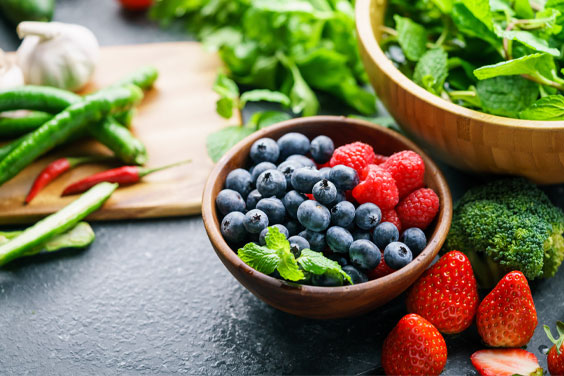
So what is fibre exactly?
Often referred to as roughage, it is comprised of a plant-based carbohydrate that provides crucial health benefits; it cannot be broken down into digestible sugar molecules. It usually moves through the intestinal tract relatively intact. Fibre can be divided into these types.
Insoluble
After entering the body this type of fibre doesn’t dissolve and maintains its shape. This category of fibres includes cellulose, hemicellulose and ligins. Examples of this kind are found in dark leafy green vegetables, celery, green beans and carrots. They do not dissolve but add bulk. On its passage through the colon, it helps to dislodge food particles that tend to adhere to the sides. This property is known as lekhana in Sanskrit, which is one of the main attributes of the legendary Triphala.
Soluble
This type of fibre dissolves in water and takes on gel-like characteristics they include gums, pectins and mucilage. They act by slowing down the rate of digestion and examples of good sources include blueberries, beans, nuts, and cucumber.
Digestive–resistant starch
This is a viscous substance found in unripe tropical fruits such as banana, papaya, mango, seeds and is a powerful pre-biotic.
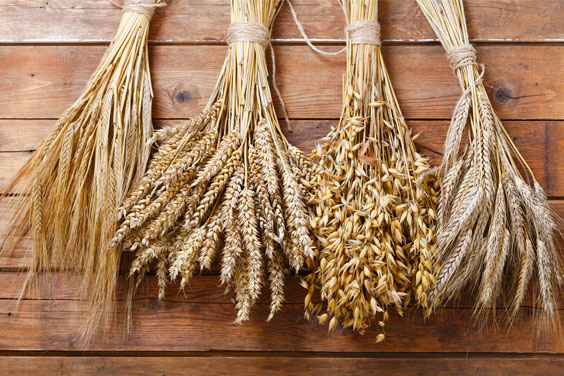
So what are the benefits of dietary fibre?
Epidemiological studies suggest it acts like a colonic broom, which sweeps away faecal carcinogens and secondary bile acids which may promote colonic cell proliferation.
Beta-glucan is a type of fibre found in barley and oats, which helps in the reduction of cholesterol if consumed in quantities of 3 grams or more/ day. The increased transit reduces exposure to carcinogens. It aids in stabilizing blood sugar spikes. It helps diabetic patients by altering hormonal signals, slowing down nutrient absorption and altering the fermentation that occurs in the large intestine. It feeds good bacteria in the gut and some fibre rich foods further improve alimentary tract health by providing starches, which do not digest and enable healthy bacteria to produce prebiotics as well as bulking up the stools for ease of elimination. It can improve skin health by removing yeasts and fungi from the body preventing them from being excreted through the skin and causing rashes and acne.
Fibre promotes satiety by delaying gastric emptying, which can help with weight loss. When microbes in the gut digest fibre a short chain fatty acid called acetate is released and travels from the gut to the hypothalamus in the brain to signal you to stop eating.
Fibre feeds the good bacteria in your gut this can improve sleep cycles as dietary prebiotics in fibre rich foods have been shown to provide a significant effect on Rem and none Rem sleep.
Fibre can help prevent leaky gut and constipation by absorbing fluid once it reaches the intestinal tract allowing by-products to adhere to it. In certain cases of IBS, it can help relieve pain in the digestive system.
Government guidelines published in July 2015 recommend a dietary fibre intake of 30 grams/day most of us get 18 grams or less/day. The good news is to increase fibre in the diet is relatively simple and also inexpensive. Examples of Insoluble fibre are whole grains including wheat, wheat bran, brown rice and most vegetables. While soluble fibre can be sourced from oats, nuts, legumes, seeds and the majority of fruits. All these foods are easily sourced.
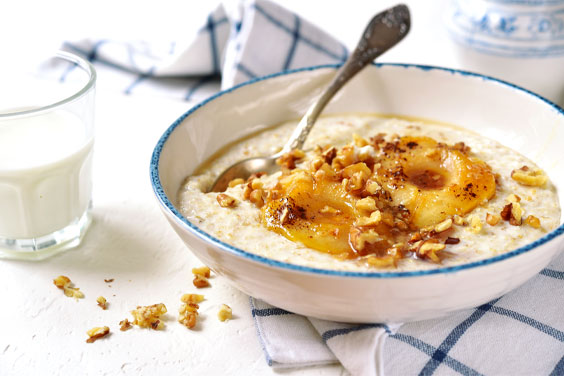
Start the day with porridge, eat vegetables with skins on and increase pulses in your diet, if you are vata dosha you may find adding a little Maharishi Hingu to aid digestion and prevent gas formation. You only need a little because it is a very pure product. Snacking on fruit and vegetable sticks also is also a good source of fibre.
A tip when buying packaged foods is to look on the label for a ratio of grams of carbohydrate to grams of fibre, which should be 5-1 or less. Also, look for the word ‘whole’ on the packaging.
Finally if you increase the fibre content of your diet you will feel the benefit of the psychological stability that a well functioning colon can bring.
Angela Hope-Murray MSc Ayur, BSc, MA.

Is an Ayurvedic practitioner with a background in osteopathy, podiatry and nutrition who specialises in musculoskeletal conditions and nutrition With over 40 years of experience, Angela works to bring balance back into your life.
Web: www.angelahopemurray.co.uk
Email: ahopemurray1@gmail.com
Angela also has a weekly clinic in central London at The Hale Clinic, 4, Harley Street London W1G 9PB. Call 020 7631 0156


